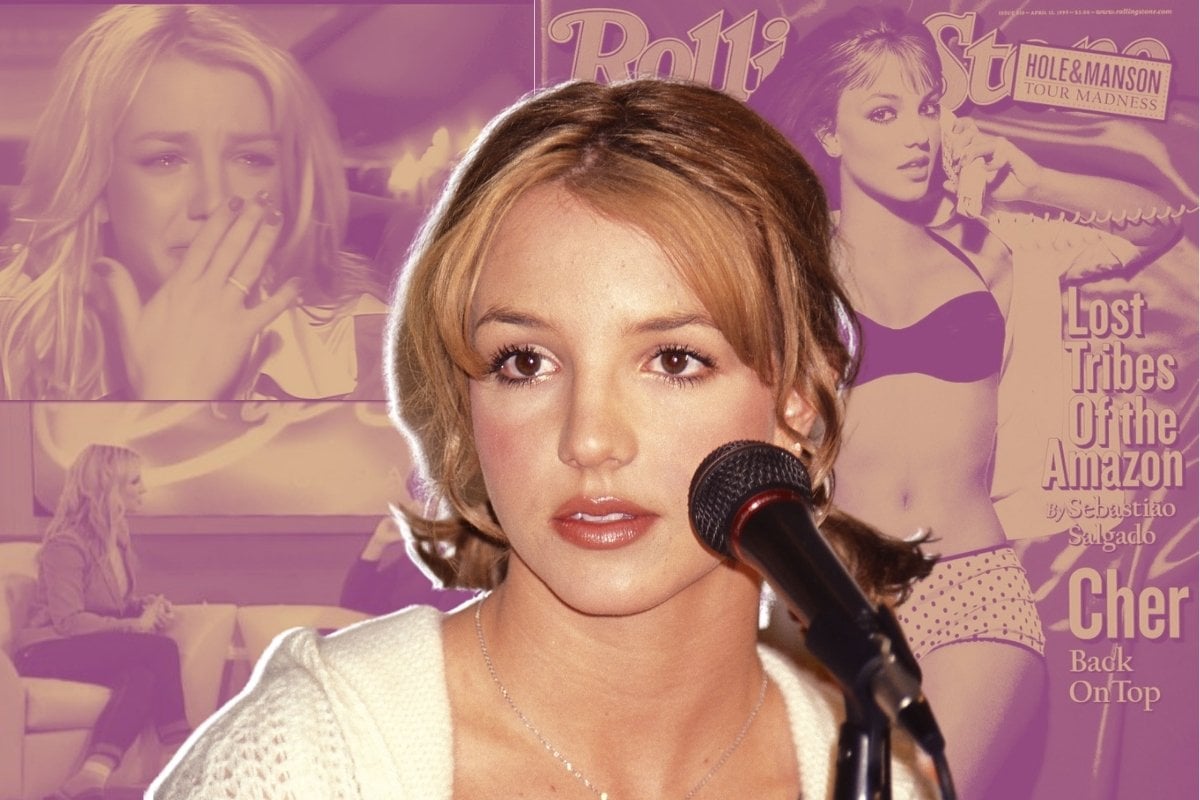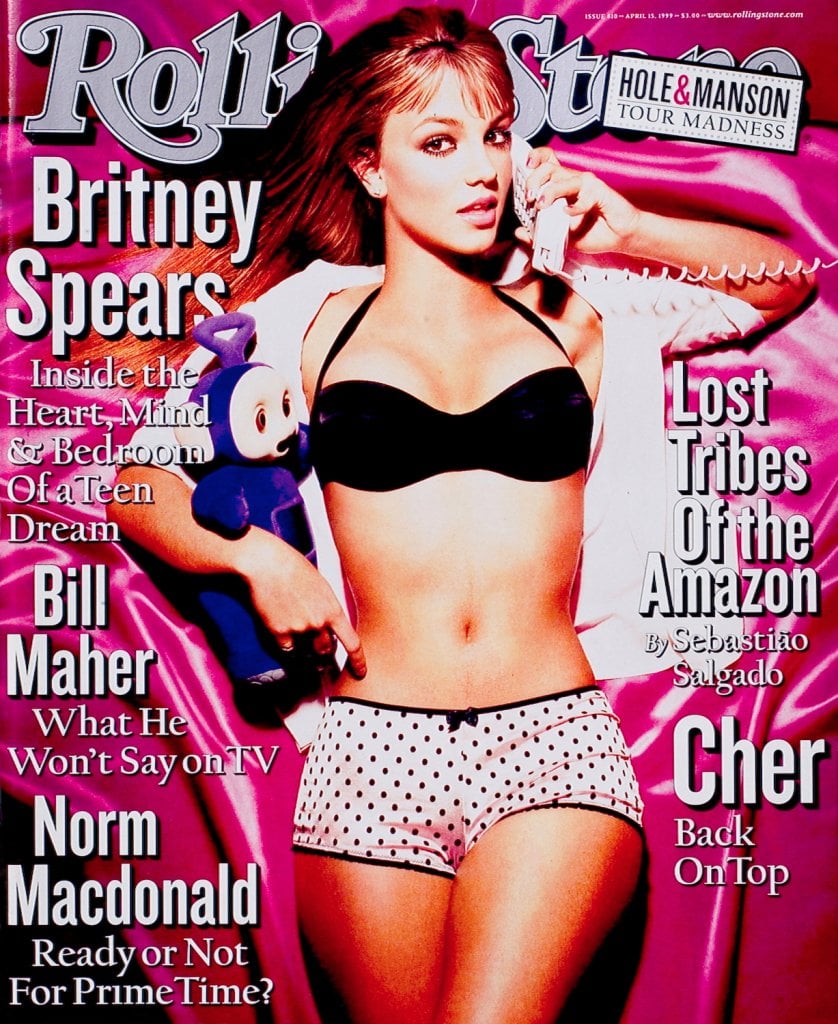
There's something about 'cancel culture' that people seem reluctant to admit: it's kind of comforting.
Yes, it's often wielded far too hastily, too clumsily, and with disproportionate force. But there's also something reassuring in the fact that genuine injustices and transgressions are more readily exposed, that hoards of social media users band together to hold problematic people and ideas to account. Like a neighbourhood watch, but with career-ending hashtags.
Britney Spears certainly could have used that kind of protection. Her fame came 15-20 years too soon.
Watch: The treatment of Britney Spears was interrogated in the 2021 documentary, Framing Britney Spears.
As the biggest pop star on the planet around the turn of the millennium, Britney's entire life, her body, her relationships, even her virginity were reported on — and consumed — without reservation. The same happens to the stars of today, of course, but what was missing then was the balance, the websites and social media accounts criticising the press' treatment of her and offering alternative narratives.
There was the odd article or forum along those lines, but there were no hashtags or virality to carry them far beyond their usual audience.

